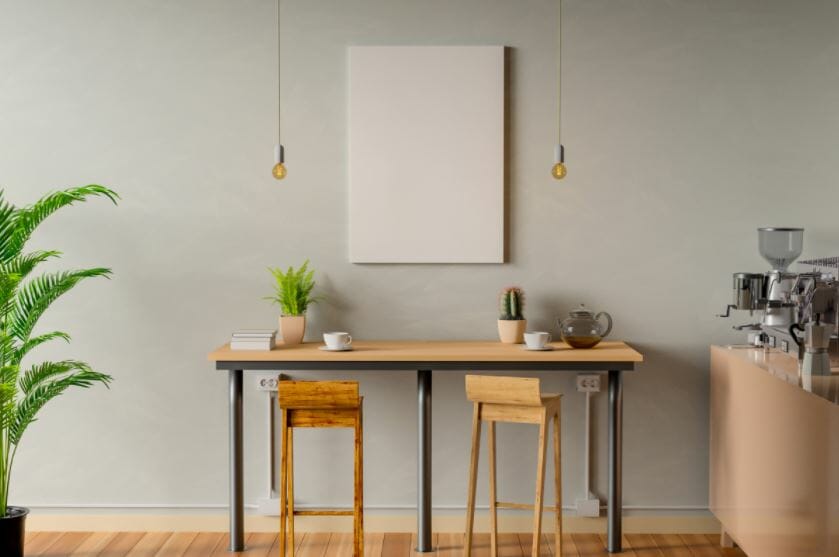Our mission at MistoBox is to help people find their ideal coffee and over the years we’ve had more than 260,000 5-star reviews given for coffee we’ve sent to our customers. While we do get it right a lot, because coffee preferences are so particular to the individual, we have a good deal of experience working through issues consumers have with finding the perfect coffee.
Listed below are the top 10 issues we see most frequently with coffee tasting and the recommendations we give to help users get to the perfect cup. Sometimes an issue can be solved by changing one or more brewing variables and other times it calls for a change in coffee settings altogether. Ultimately, each consumer is different and will have different tastes, levels of experience, and knowledge, but it’s our hope that armed with the information presented earlier in this series, and this actionable troubleshooting guide, we can help you get to your perfect coffee.
Top Issues: (Click the link to jump to your question)
- My coffee tastes sour, too fruity, or too sweet
- My coffee tastes burnt or bitter
- My coffee tastes bland or weak
- I received a different roast than my preferences are set to
- I received flavored coffee
- My coffee beans are dry or stale
- Confusion about espresso beans
- Confusion about French roast
- Tasting Notes don’t match the bag or website
- My coffee wasn’t interesting or unique enough
Top Coffee Tasting Issues:
Issue #1: Coffee tastes sour (or bitter); Coffee was too fruity or too sweet
What this tells us: Roast is probably too light for the consumer.
Those who describe coffee as sour often refer to coffees with a bright acidity which is more pronounced at a lighter roast level. Many people often confuse bitter tastes with sour tastes, so finding out if the consumer is relating bitterness to the acidity or the roast degree is essential to finding a solution. Since single-origin coffees are usually roasted lighter to preserve acidity and flavor, we might suggest opening up a consumer’s preferences to medium and dark roast blends which will taste less sour, sweet, fruity, and more balanced, bold, and traditional. If they are happy with the roast degree, they may be referring to a natural processed coffee which is much fruitier than a coffee that is washed or wet-processed. In this case, we recommend switching to coffees that were processed via the washed method. Brew Recommendations: If the issue isn’t with the coffee beans, here’s how you might reduce some sour tastes in your brewing method. Sour tastes are often affiliated with too quick of a brew (extraction) time. Try using a slightly finer grind to help increase extraction. This should also slow down the brewing process and make sure all desirable coffee flavors have been extracted. Generally speaking, acidic and fruity flavors are extracted first, followed by sweet and bitter tastes, so give your brew a bit more time to extract.
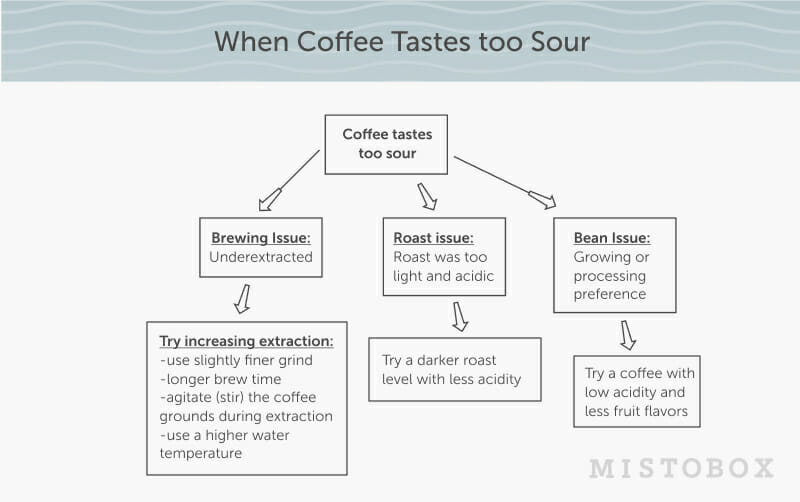
Issue #2: Coffee tastes burnt or bitter
What this tells us: Roast is probably too dark for the consumer.
Those who describe a coffee as burnt often refer to “roasty” or “carbony” flavors that result from roasting the coffee beans longer and darker. If darker roasted coffees taste burnt or charred to you, we recommend exploring lighter roasts (light to medium). Once a coffee breaks into the medium-dark roast range, plant fibers within the beans begin to break down and burn, which contributes to the typical roasty flavors that characterize dark roast coffee.
Brew recommendations: If the issue isn’t with the beans or you’re unsure, try using a slightly coarser grind setting to reduce bitterness in the brewing process. Too long of a brew (contact) time can cause a coffee to taste bitter or astringent. Remember, acidic and fruity flavors are extracted first, followed by sweet and bitter tastes. Also, darker roasts are more soluble than lighter roasts and can extract bitter tastes more quickly and easily. A larger grind size or lower water temperature with dark roasts will reduce the bitterness you are experiencing.
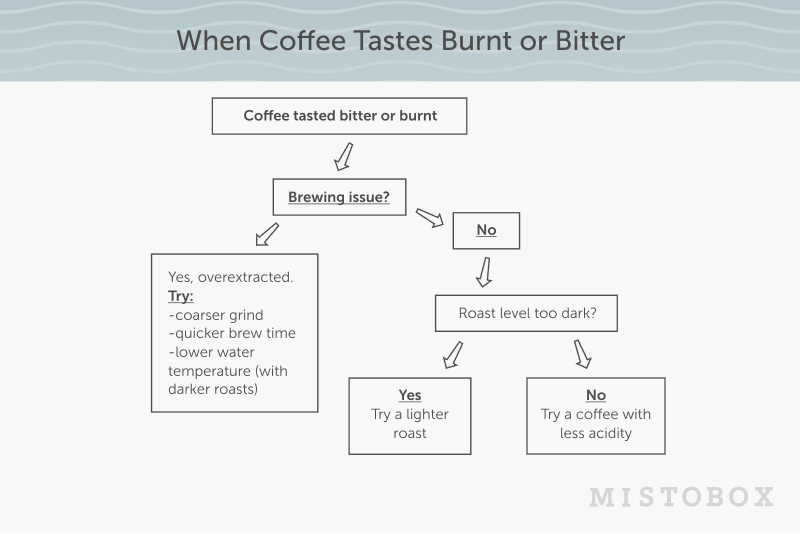
Issue #3: Coffee tastes bland or weak
What this tells us: Roast level is probably lighter than the consumer is used to.
Bland or weak tasting coffee can result from a number of different issues and will depend on consumer preferences. More often than not, we see that when people describe a coffee as bland or weak they want a darker roast with a heavier body and mouthfeel. If the consumer is happy with the roast level, we recommend coffees that aren’t as delicate, floral, or light-bodied.
Brewing recommendations: When addressing brew strength (weakness) we like to always recommend tweaking the brew ratio to start. If you think the coffee tastes bland, try using more coffee grounds. Using a ratio (recipe) that calls for more coffee can increase the perceived body, richness, and flavor. More coffee grounds = more strength!
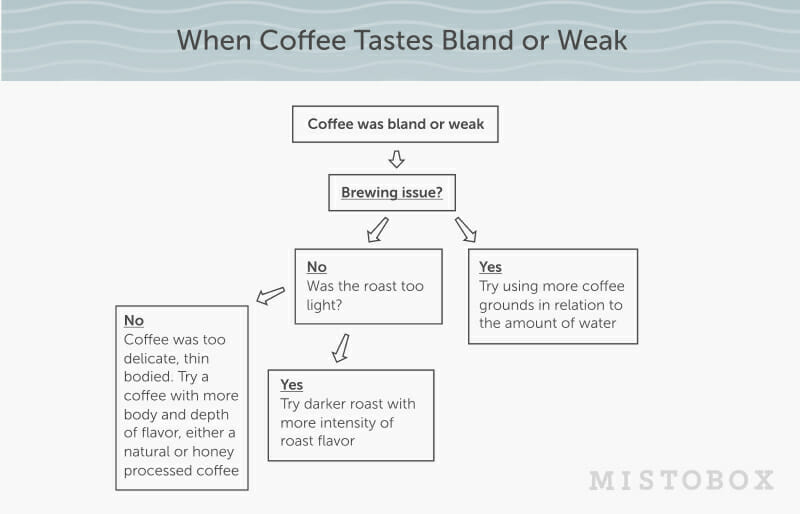
Issue #4: Received a different roast than my preferences are set to
What this tells us: Roast level isn’t what the consumer is used to.
Roast levels can be tricky because each roaster uses their own spectrum to define what a light, medium, or dark roast is. Categorizing can lead to confusion and some discrepancies; for example, one roaster labels a coffee as a medium-light roast while another roaster would label the same coffee as a medium-dark roast. At Mistobox, we have developed our own objectively calibrated system of scoring coffee roasts so that we can attempt to reduce confusion and make sure that we are sending the right roast levels to consumers each and every time while working with many different roasters who have some variation in their definitions. We taste every new coffee and analyze using a tool called a colorimeter, which uses near-infrared light to measure the roast color of the whole bean coffee and then the ground coffee. The tasting notes are compared with these scores to create the final roast level and standardize the roast designation across our 60+ roasters.
Our preferences as consumers are often driven by the coffee we consume, so if a person is used to a roaster that roasts towards the darker end of the spectrum, they may perceive that they like lighter roasts. But when they try a new roaster’s light roast it may be too light for them. Again, at Mistobox we try to limit this confusion by standardizing our roast levels, but the confusion inevitably occurs. The best thing to do is keep an open mind and communicate with your curator about what you like and don’t like so we can do better for you.
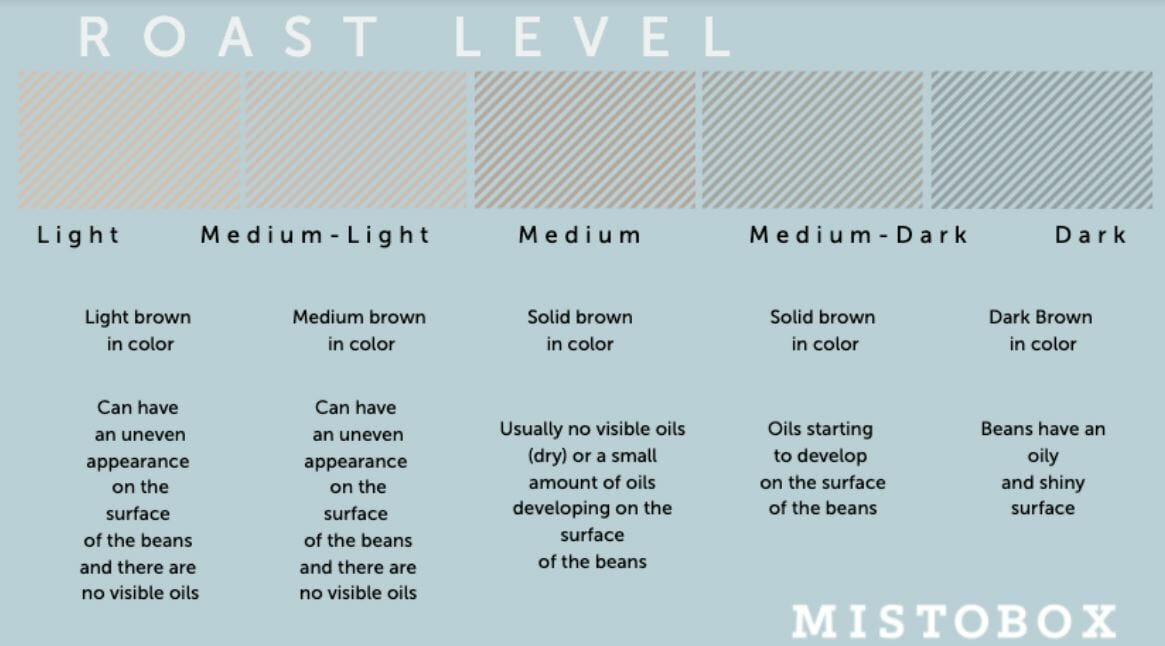
Issue #5: Received flavored coffee
Answer: None of the coffee we offer is “flavored”. What you’re tasting is a very expressive coffee.
Tasting notes or “flavor notes” are a taster’s written description about the aroma, taste, flavor, and character of a coffee. These notes on a bag of coffee are similar to the notes you find on a bottle of wine. Although they might sound obscure at times, tasting notes are written to help guide our taste buds towards or away from coffees we may like or dislike. It is important to remember that none of these tasting notes are the result of adding flavor to the coffee- they’re just natural expressions of the plant still available in the beverage form. At MistoBox, we only partner with roasters whose coffee is just that- coffee!
Learn more about coffee tasting notes
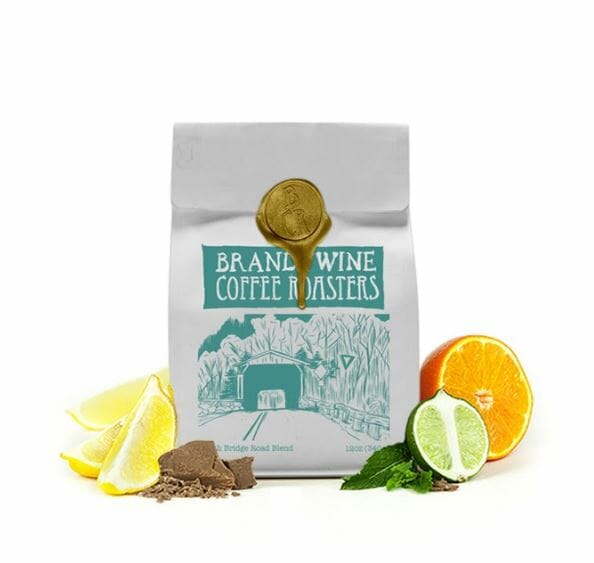
Issue #6: Coffee beans are dry and/or stale
What this tells us: Roast is too light for the consumer.
All of the coffee we offer is freshly-roasted to order and shipped immediately. This means your coffee is extremely fresh when you get it, which can always be confirmed by the roast date on the bag. If you are noticing your beans look dry when you get them, that’s a result of the roast level rather than meaning the beans are stale. Lighter roasts aren’t roasted to a point where the oils reach the surface of the beans while darker roasts reach higher temperatures for a longer period of time which entices the oils to move from inside of the bean to the surface. If the brew doesn’t look oily enough for you, try changing your roast preferences towards a darker roast.
Issue #7: Confusion about espresso: “Do I need an espresso machine to brew espresso beans?” “What are espresso beans?”
Answer: Because most of us are exposed to espresso in a cafe setting there can be a lot of confusion around what it is and how to make espresso at home. Espresso beans taste great brewed any way with any brewing device. It’s also true that any beans (not labeled espresso beans) can be brewed through an espresso machine as well. A coffee is labeled espresso simply because the roaster believes that particular coffee will perform well and taste great on an espresso machine. Ultimately, coffee that is intended for espresso brewing is typically roasted with balance in mind and any coffee roasted for espresso will usually be a great option for brewing as drip or manual brewing methods as well.
Learn more about espresso roast coffee

However, if you are interested in improving your espresso making at home skills, check out the La Marzocco Linea Mini Espresso Machine.
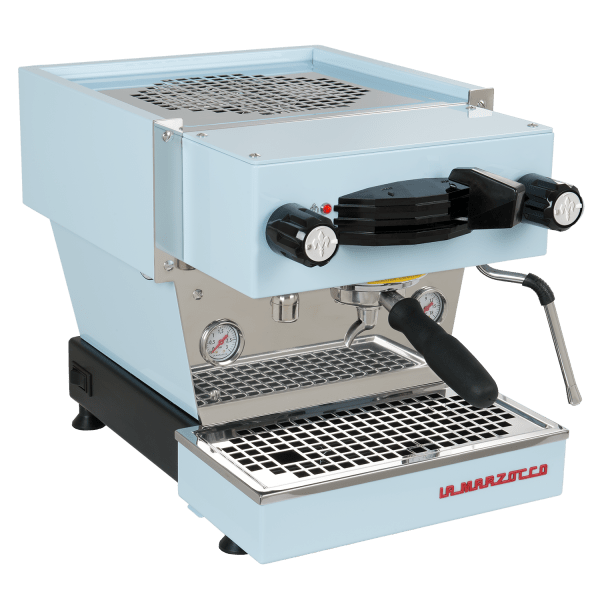
Issue #8: Confusion about french roast coffee: “I’m a dark roast drinker but I don’t like french roasts. Why did I receive a french roast?”
Answer: Dark roasts go by many names and “French Roast” is just another term for dark roast. French roasts from larger chain roasters have historically been extremely dark (almost black), oily, and smoky. Our small batch specialty coffee roasters source incredibly high-quality coffees and roast for optimal flavor and balance. Their take on a french roast will likely be different than the large chain french roast that you might be used to. Here are some of our favorite French roasts that might surprise you if you enjoy dark or medium-dark roast coffees:
- 4&20 French from Red Rooster
- Classic French Roast from Sisters
- French Roast from Equator
- Organic French from Centri
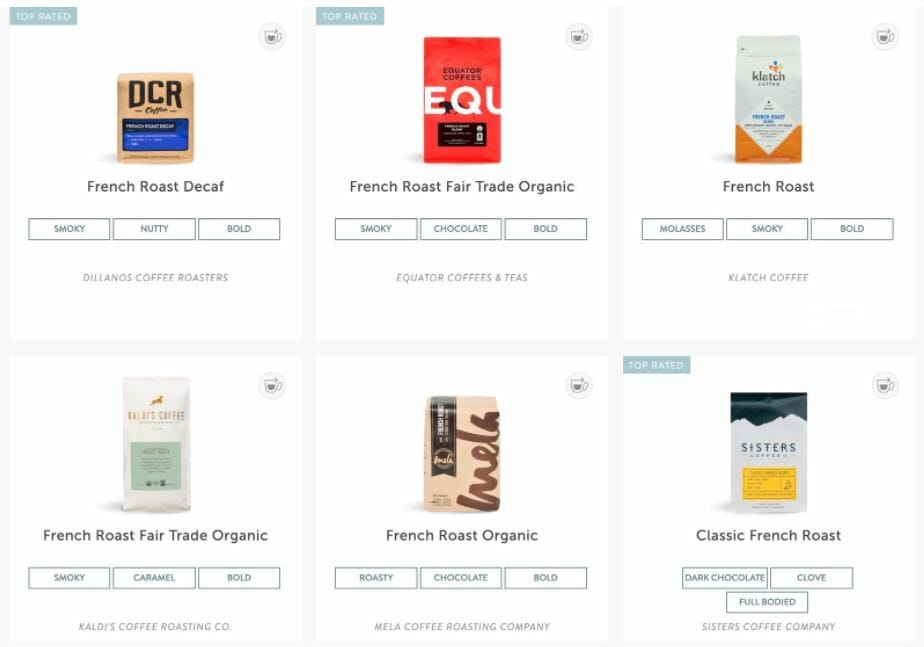
Issue#9: Tasting Notes: “Why are tasting notes on the bag different from the MistoBox website?”
Answer: At MistoBox, we only list three tasting notes for each of our coffees on our website. We taste and compare each coffee with our roasters and decide which three flavor notes best describe the coffee. The coffee bag you receive might have tasting notes listed by the roaster, meaning there may be more, less or different notes all together. Remember to think of these tasting notes as opinions.
An example of a coffee that offers a complex profile with many nuanced flavors is the Rwanda Fugi from 1000 Faces Coffee. When we taste this coffee it reminds us of stone fruit, specifically plum, and various baking spices. It is described as complex and will have several different flavor compounds that are not listed. Keep in mind, these flavors can be very subtle and this might taste more or less like coffee (with a hint of fruit) to you. Here is a longer list of some of the flavors we experience: stone fruit, plum, nectarine, mixed berries, strawberry, raspberry, lime, lemon, white sugar, cane sugar, honey, milk chocolate, black tea, floral, baking spices, lavender, rose, complex, dynamic, lively, silky, balanced, sweet, bright, vibrant. Choosing just 2 tasting notes to characterize this complex coffee is difficult. It’s ok to experience different primary flavor notes and at the end of the day the most important perspective is your own, so be sure to give us your opinion on what came through for you in your coffee reviews.
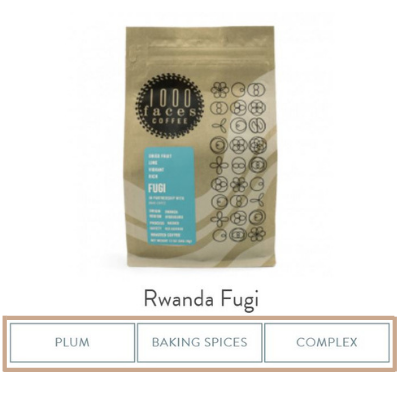
Learn more about coffee tasting notes
Issue #10: Coffee wasn’t interesting or unique enough
What this tells us: This issue will usually require further communication. Was it the coffee or can we get this coffee to shine by changing up the brewing method or variables?
Brewing recommendations: With a better understanding of the brewing process you can help turn an ordinary cup of coffee into a spectacular one. It’s all about extraction! Some suggestions to try to liven up your coffee are experimenting with the brew ratio, trying a different brew method altogether, and/ or trying different water. Check out our brewing for taste guide for the specifics.
If the issue isn’t with brewing, we need to learn more about the person’s preferences and change up our direction. If they prefer dark and rich coffee we would likely want to send an even darker roast with more flavor intensity. If they prefer a balanced medium roast, we would probably send a slightly darker roast, and if they prefer a light roast we’d send a coffee that is less delicate or traditional. If they are up for a truly unique and interesting experience, we’d recommend a natural processed coffee from Africa to stir things up. This is where your coffee curator comes in handy. Just reach out to them and be as descriptive as you can about what you are looking for and what you didn’t like about the coffee you received.
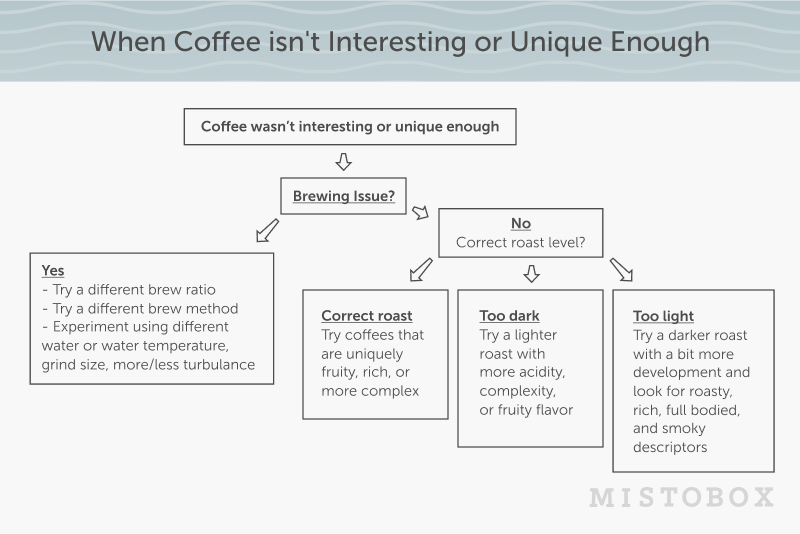
What did we Learn about Tasting Coffee?
Whether you’re looking to troubleshoot brewing issues or choosing a coffee that pairs well with milk, we’ve covered how each step of a coffee’s journey influences the flavors in your cup. At MistoBox, we love that everyone gets something a little different out of the coffee experience and how there’s always something new to learn that can enhance our appreciation. Whether you like dark or light roasts, single origins or blends, we believe there is a specialty coffee out there for everyone and it’s our mission to bring it to you.
Please remember that you don’t need to go all the way down the rabbit hole of specialty coffee research to benefit from this series. If you take one thing away that increases your enjoyment of our favorite daily beverage then we’ve succeeded. Start with improving your coffee vocabulary and then select one thing you want to better understand:
- Understanding Taste & Coffee Flavor Notes
- Main Elements of Coffee Flavor
- Strong vs. Rich vs. Bold Coffee
- What influences the Taste of Coffee?
- How Roasting impacts the Taste of Coffee
- How Brewing Impacts the Taste of Coffee
- Coffee Brewing Methods Compared
- Milk in Coffee
How do we Find a Coffee for You?
It’s our job to find coffees that align with your taste buds relying on your feedback and preferences to suggest coffees that we think you’ll love. Because the taste of your coffee is influenced by the botanical species, environment, processing method, roast profile, roast degree, and brewing variables, your feedback is vital to empowering us to go out and find that next great coffee for you. Our goal with this taste series is to give you the tools and knowledge you need to either better choose your own coffees using the Brew Queue or to better understand and communicate your own preferences so we can find it for you. If you can better distinguish how acidity, body, sweetness and bitterness interact, you’ll be able to troubleshoot your own brewing and extraction issues at home as well as give us more detailed feedback on the coffee you’re receiving.
Communicating helps us to learn and grow as individuals, as an industry, as a culture, and as a community. Specialty coffee has never been just about coffee. It’s about the people behind it who are constantly seeking to bring you excellence in every cup.
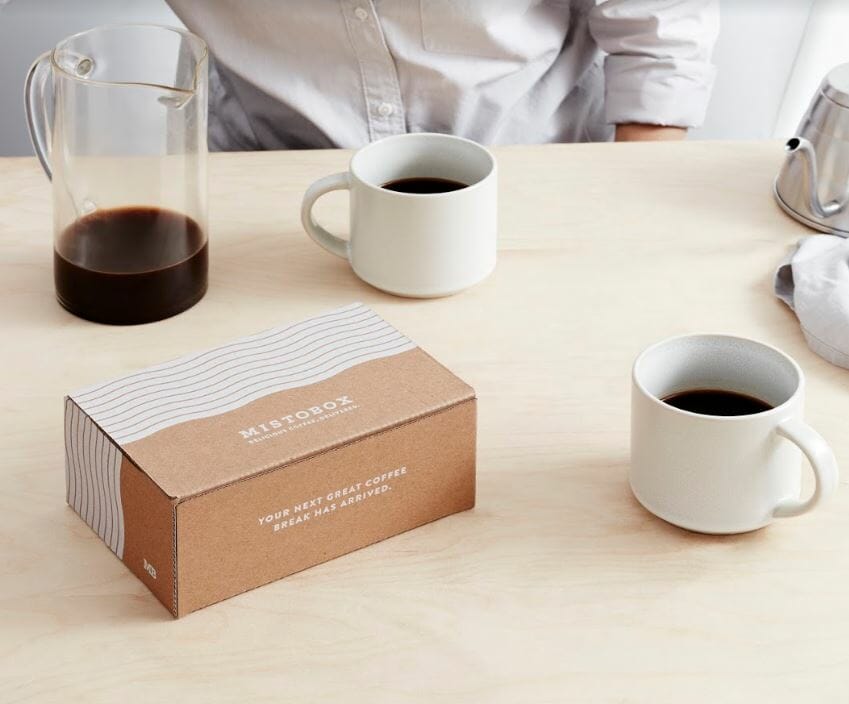
Learn more about coffee and taste with our series check out our specialty coffee article, guide to coffee cupping or learning what influences coffee flavors?
Get your Mistobox coffee subscription today!

